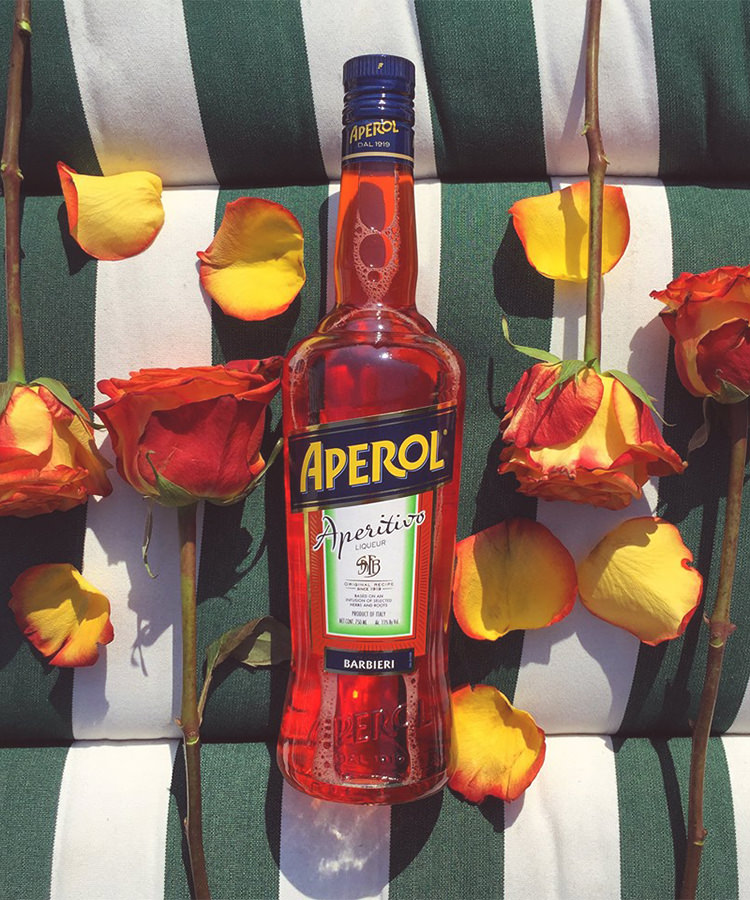If you’re a fan of Aperol — or, more likely, a fan of the Aperol Spritz — you know you can rely on the low-alcohol aperitif to give you a buzz but not knock you down. It has the bitter taste of an aperitif or digestif, yet at a sessionable 11 percent alcohol by volume, it’s similar to a low-alcohol wine or a high-alcohol beer. Unless you happen to be buying your Aperol in Germany, that is.
In Germany, all Aperol is 15 percent alcohol by volume. That’s thanks to Germany’s Einwegpfand, or single-use deposit charge. Under the law, which was enacted in 2003, a 0.25 Euro tax is added onto glass and plastic bottles. Unless that bottle is 15 percent alcohol by volume or more.
The law makes an exception for “fermentation alcohol made from beer, wine or wine-like products, including in processed form, which has undergone technical treatment no longer meeting the requirements for good manufacturing practice and contains less than 15 percent alcohol per volume.”
On Aperol’s website, it touts that “Aperol’s strength is its low alcohol content.” The day drinking possibilities of the aperitif are a big selling point for Aperol’s parent company, Gruppo Campari, and they’re a big part of the origin story of Aperol dating back to the late 1800s. What’s largely ignored is that in one of the drink’s three major markets — Italy, Germany, and Austria — the recipe is slightly tweaked.
A blog called Alice’s Adventures in Wonderland (nothing to do with Lewis Carol or his novel of the same name) was able to grab a bottle of both Austrian Aperol and German Aperol while in Austria. The front label of the German bottle clearly lists the alcohol percentage as 15 percent, and also lists the same “3 parts Prosecco, 2 parts Aperol, 1 part soda” Aperol Spritz recipe on the back.
So when sipping on Spritzes in Germany, know that you’re getting something that tastes the same, but is slightly stronger.
